Audre Lorde’s New York
November 8, 2022
By: Amanda Davis
Last month, I participated in “A Celebration of Audre Lorde,” a virtual event that was hosted by the College of Staten Island. The evening was full of wonderful remembrances and discussions of Lorde and her work. This year marks a couple of anniversaries related to the self described “Black, lesbian, feminist, mother, poet warrior”: she moved to Staten Island 50 years ago with her family and, after a hard fought battle with breast cancer, she died 30 years ago this November 17th. (October was chosen for the event to coincide with Breast Cancer Awareness Month; it’s also LGBT History Month).
My portion of the evening focused on historic places on our website that connect to Lorde’s legacy. Here’s a little snapshot of Audre Lorde’s New York:
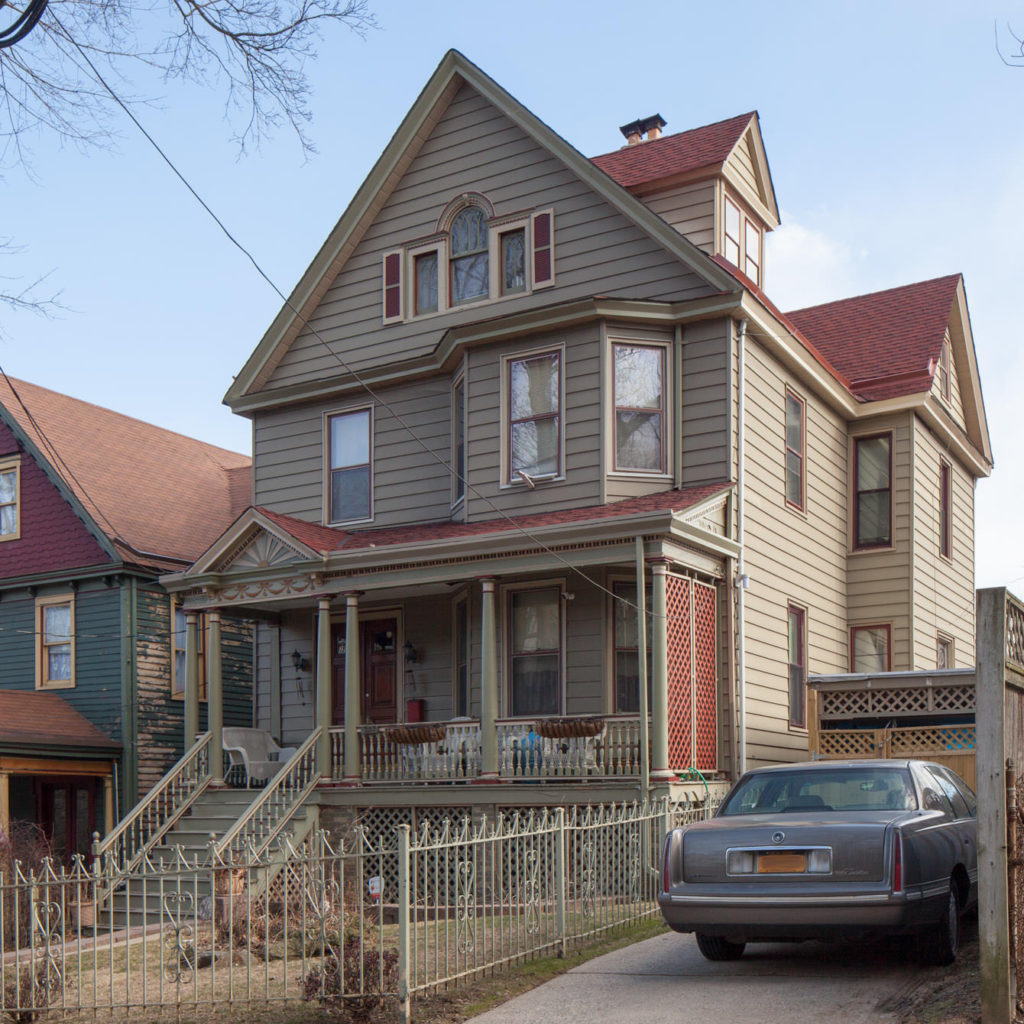
Audre Lorde bought this house at 207 St. Paul’s Avenue in Stapleton Heights in 1972 and lived here with her partner Frances Clayton and two children. The family unfortunately dealt with racism while living here but Lorde also noted that the home’s garden, trees, and proximity to the water were some of the reasons she chose to move to Staten Island. A photo taken by Joan E. Biren (JEB) shows Lorde writing away at her desk in her upstairs study. This is where she wrote some of her most famous work, including (but not limited to) Zami: A New Spelling of My Name (1982). She and her family lived here until 1987. Read more about Lorde’s connection with this house.
One of our Project’s goals is to expand the number of designated LGBT landmarks in New York City. In a meeting with the NYC Landmarks Preservation Commission (LPC), the city agency that designates and regulates the city’s landmarks, we advocated that this house, along with several others, become a New York City Landmark. After a public hearing in June 2019 — where we, of course, testified in support! — LPC commissioners voted to designate the house and five other sites, making Lorde’s home the first LGBT-related New York City Landmark outside Manhattan.
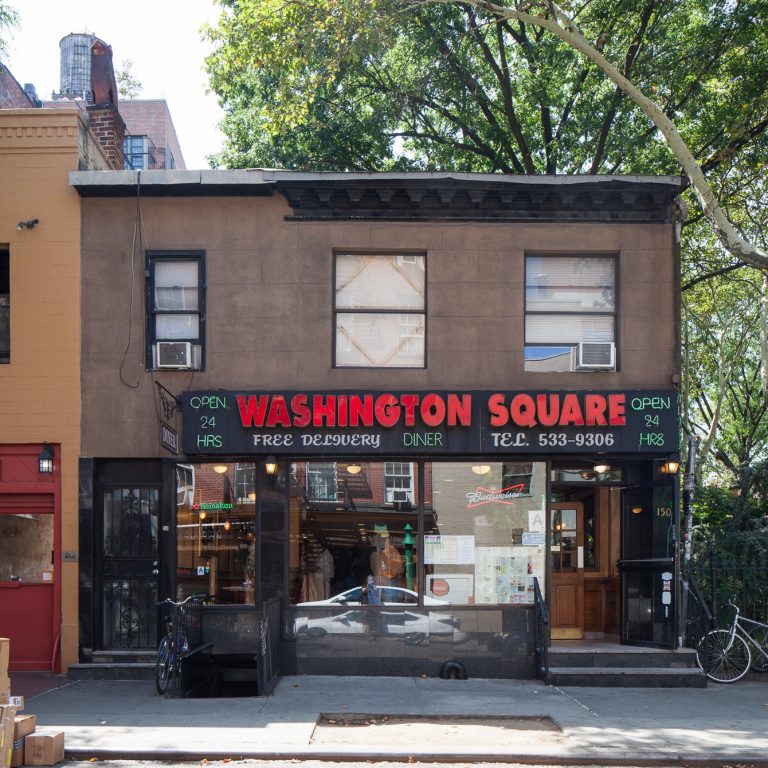
In Zami, Lorde wrote of several lesbian bars in Greenwich Village that she frequented in the 1950s, providing an invaluable account of nightlife in this period for lesbians in general and Black lesbians in particular. Of the Pony Stable Inn at 150 West 4th Street, she noted that “There were always rumors of plainclothes women circulating among us, looking for gay girls with fewer than three pieces of female attire. That was enough to get you arrested for transvestism, which was illegal.”
Bars historically were safe spaces for the LGBT community, but there were also risks involved. We’ve created a curated theme on Bar Raids and Forced Closures that puts this into context.
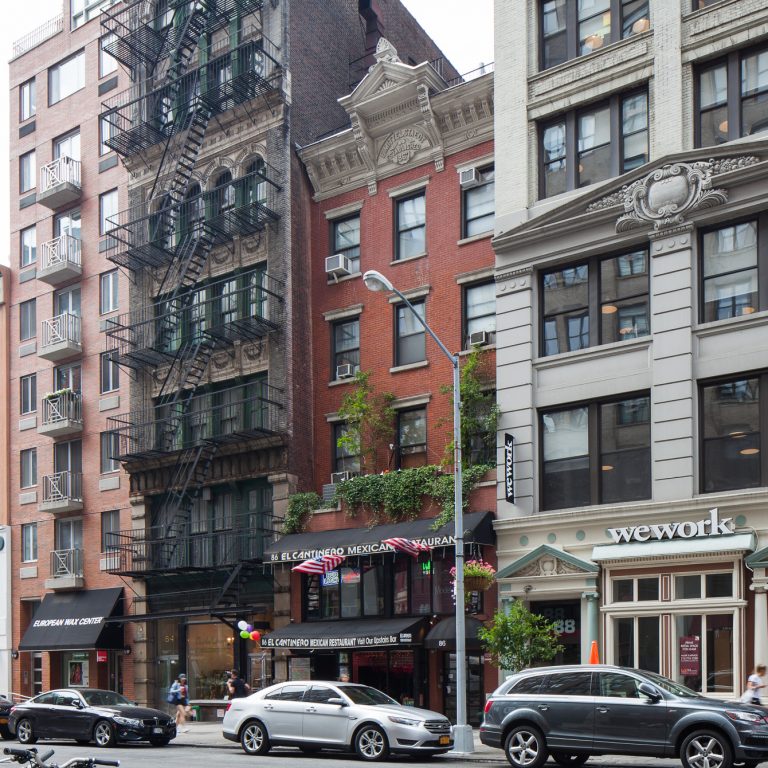
Several lesbian women we’ve spoken to fondly recall The Bagatelle at 86 University Place. Lorde referred to it in Zami as “the most popular gay-girl’s bar in the Village” but, at the same time, many Black lesbians did not feel welcome there. She recalled, “the bouncer was always asking me for my ID to prove that I was twenty-one…Of course ‘you can never tell with Colored people.'”
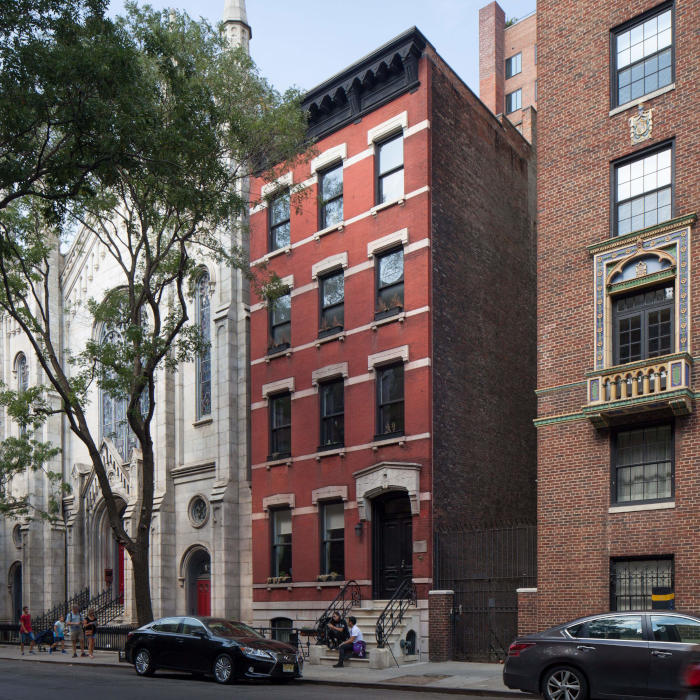
This is what made groups like the Salsa Soul Sisters so important to lesbians of color, providing an alternative to bars where they had historically faced discrimination. Black lesbian luminaries like Audre Lorde were invited to speak on various topics, creating a space that was rare for lesbians of color in 1970s America, according to member Candice Boyce.
The group grew out of the Black Lesbian Caucus of the Gay Activists Alliance, which met at the GAA Firehouse in SoHo in the early 1970s. Salsa Soul’s first regular meeting space was the Metropolitan-Duane United Methodist Church (now Church of the Village) but its longtime home was in the parish house of Washington Square Park United Methodist Church.
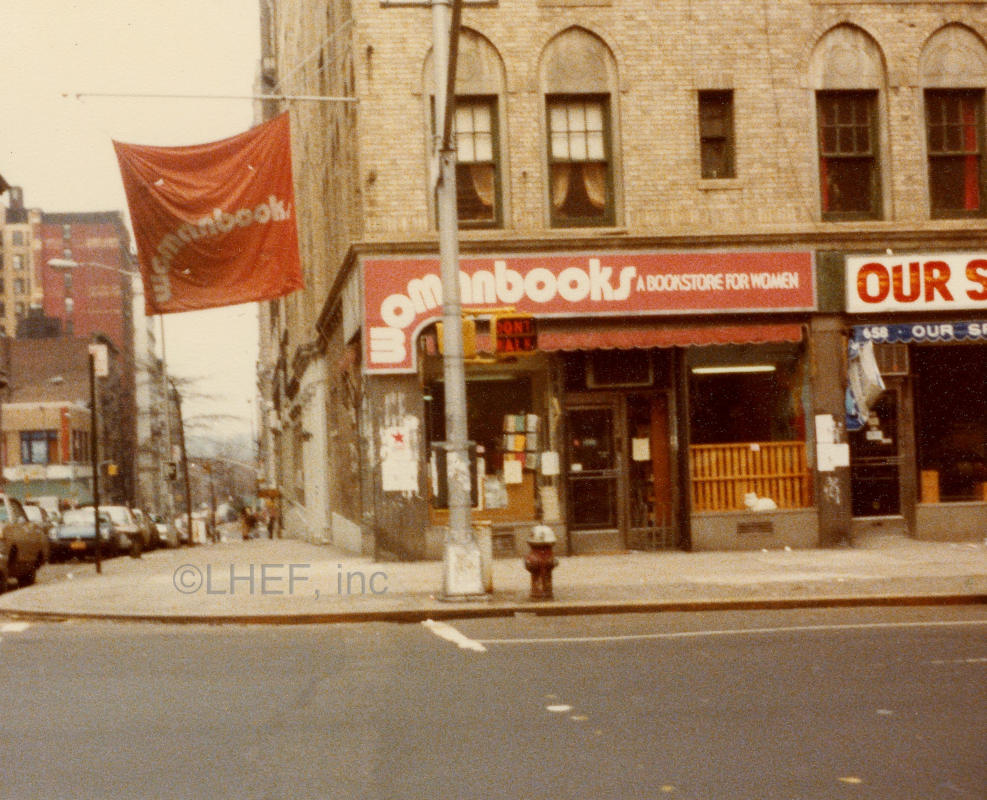
Let’s end with an archival photograph (always my favorite!) of Womanbooks, which was located at 201 West 92nd Street on the Upper West Side from 1975 to 1987. The bookstore doubled as a community center for women regardless of sexuality, race, or political affiliation, and was another one of several places in the city where Audre Lorde spoke to lesbian audiences.
What are some of the other places where she made her mark in the city? Type her name in the search bar at the top of the website or watch the recording of “A Celebration of Audre Lorde” below. Participants include faculty and students of the College of Staten Island, Debbie-Ann Paige of the Staten Island African American Heritage Tour, and Victoria Munro of the Alice Austen House who spoke with Lorde’s sister comrades.